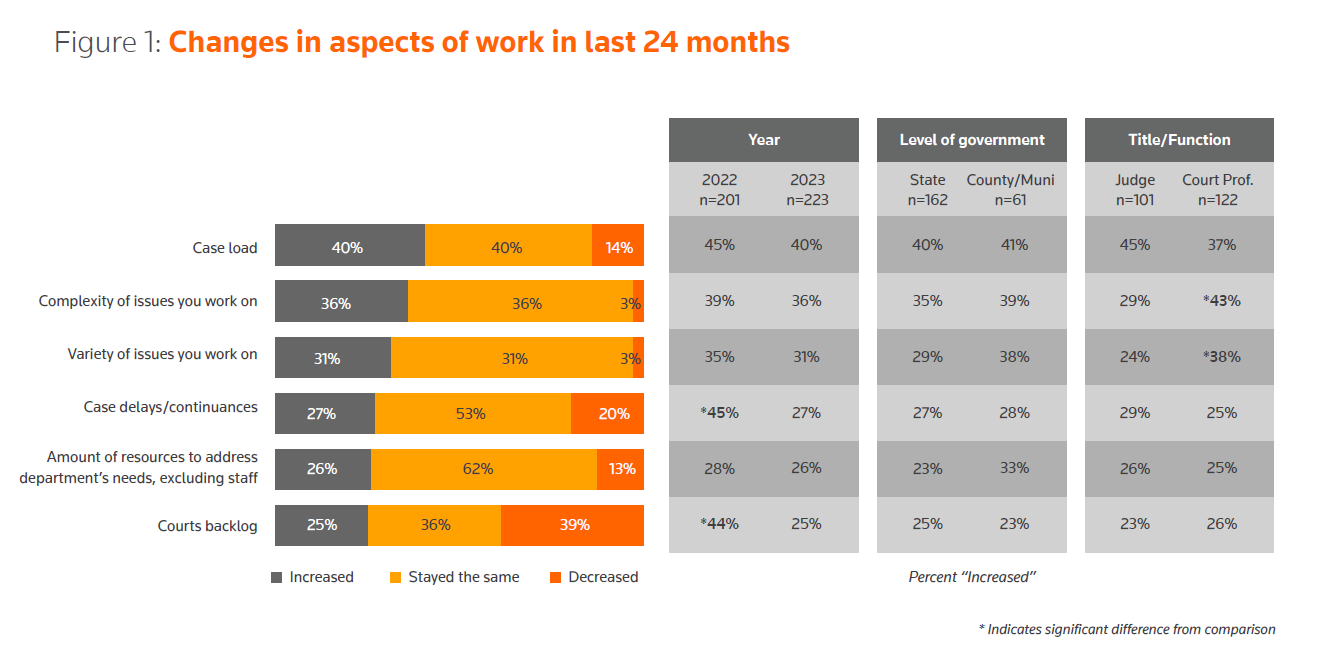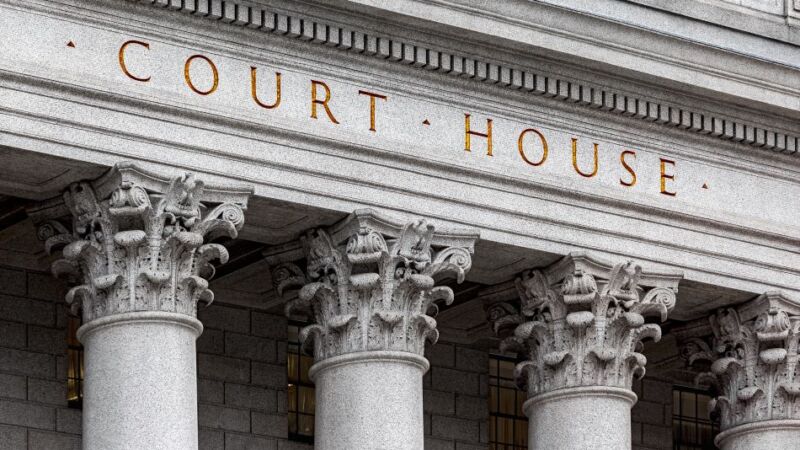The second annual “State of the Courts Report” shows that judges and court professionals are giving a lot of thought to Gen AI and other technology as they seek to find ways to better serve the public
As generative artificial intelligence (Gen AI) gripped the rest of the word, the nation’s courts spent much of last year seeking to find a place for this rapidly advancing technology. The courts at this stage are more philosophical than practical, and the discussion among professionals surrounds whether there is enough knowledge about Gen AI to decide how it can be used in courts or whether it should be at all.
U.S. Supreme Court Chief Justice Roberts even addressed the presence of AI in the legal field, noting that while he didn’t see AI taking over the role of judges, he did see it significantly impacting the legal community. At this point, it is clear that there is some uncertainty about usage, and that attitude is coming from the top down.
To get further clarity on this, the Thomson Reuters Institute surveyed the landscape of the courts, querying judges and court professionals at a number of different levels and jurisdictions, to produce the second annual State of the Courts Report. This just-published report covers much of what is on survey respondents; minds, from caseloads to technology and everything in between. This year, the annual report delves deeply into how court professionals and judges see the use of Gen AI in the courtroom.
The concerns over technology also become more dire when you consider that more than half of the respondents said they expect staffing shortages within the coming 12 months.
Although AI was important in all areas, according to survey respondents, they also said they were still managing many of the challenges that they had cited in our previous survey, conducted in 2022. These concerns were strongly reflective of how courts have had to navigate through the post-pandemic world, which still includes hearing delays, growing caseloads, and the slower pace of digitalization and modernization within the courts themselves.
Yet, while these concerns were still reflected in our latest survey, many of these challenges have receded in their minds; for example, while increasing caseloads continue to be the biggest change that respondents said they had experienced in the past two years, with 40% of respondents citing this change, that was down from 45% in our previous survey.
Also, there have been changes in the greater use and overall acceptance of virtual hearings, and subsequently, more respondents said they were seeing the advantages of the practice. Indeed, most respondents (82%) said that virtual hearings increase justice opportunities for litigants — a sentiment that has risen from 76% since 2022. And nearly all respondents (90%) say that virtual courts increase justice opportunities by removing the geographic and financial barriers that had previously been major impediments to litigant participation.

The report also goes into the use and management of the court, with respondents citing digital evidence management as a top area of concern. In areas where digital evidence systems are not used, nearly three-fifths (58%) think that it would be beneficial. This is an 8-percentage point increase since the previous report. Overall, it appears that the need for technology is increasing.
In fact, these concerns over technology also become more dire when you consider that more than half of the respondents said they expect staffing shortages within the coming 12 months. That expectation will require staff to rely more heavily on technology to keep the court moving and provide access to citizens in the long run.
Overall, the report shows that court professionals and judges are enjoying broader engagement with technology solutions, especially around such critical areas as evidence collection and storage as digital storage and certain case-material sharing and management tools are seeing more acceptance across the board.
While there is no consensus yet on Gen AI, it will obviously play a part in the courts’ future. In addition to keeping an eye on the evolution of that technology, it will be important to keep an eye on the evolution of other technologies that increase efficiency and, ultimately, access to justice for all citizens.
You can download the full 2024 State of the Courts Report here.







